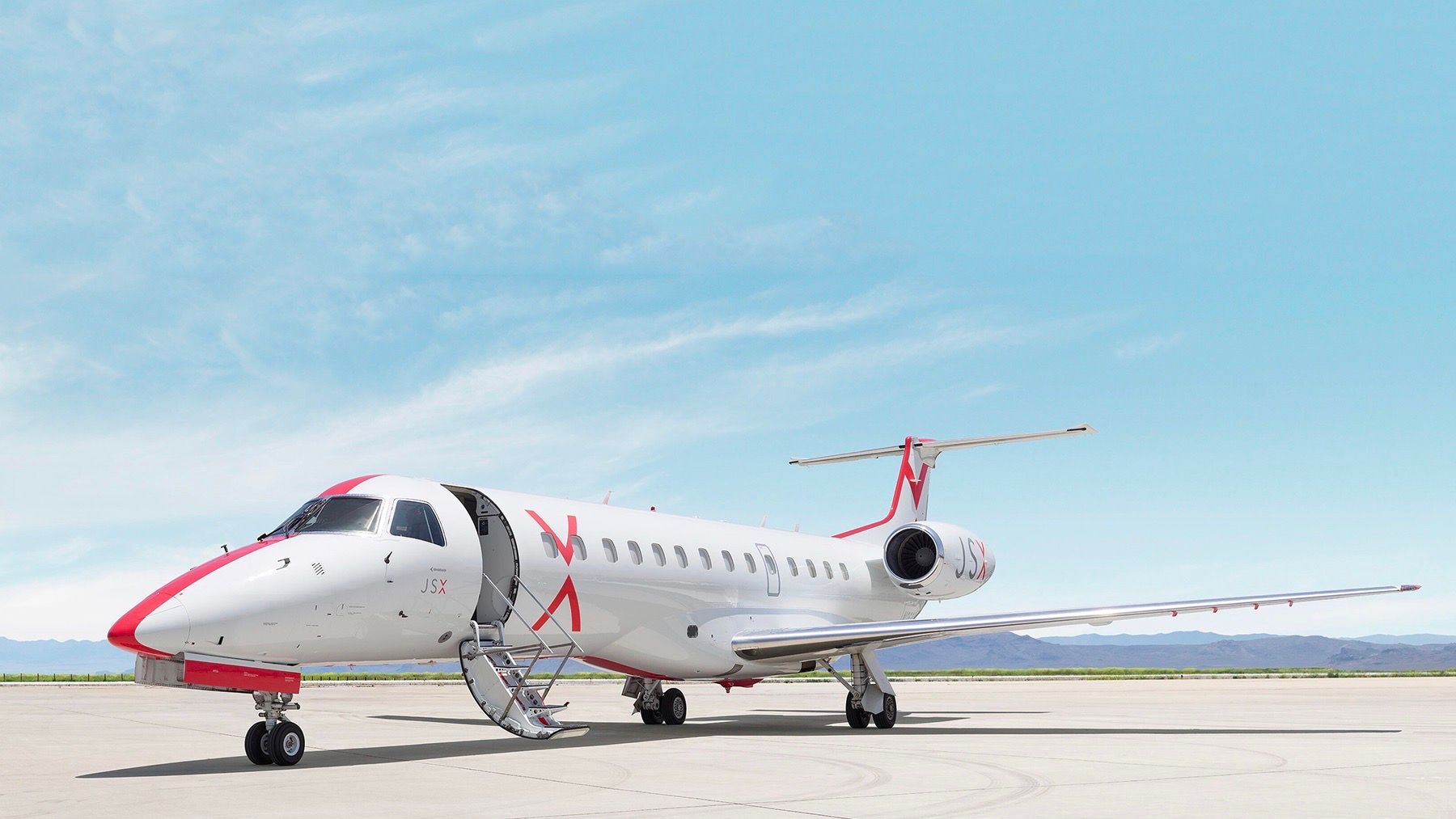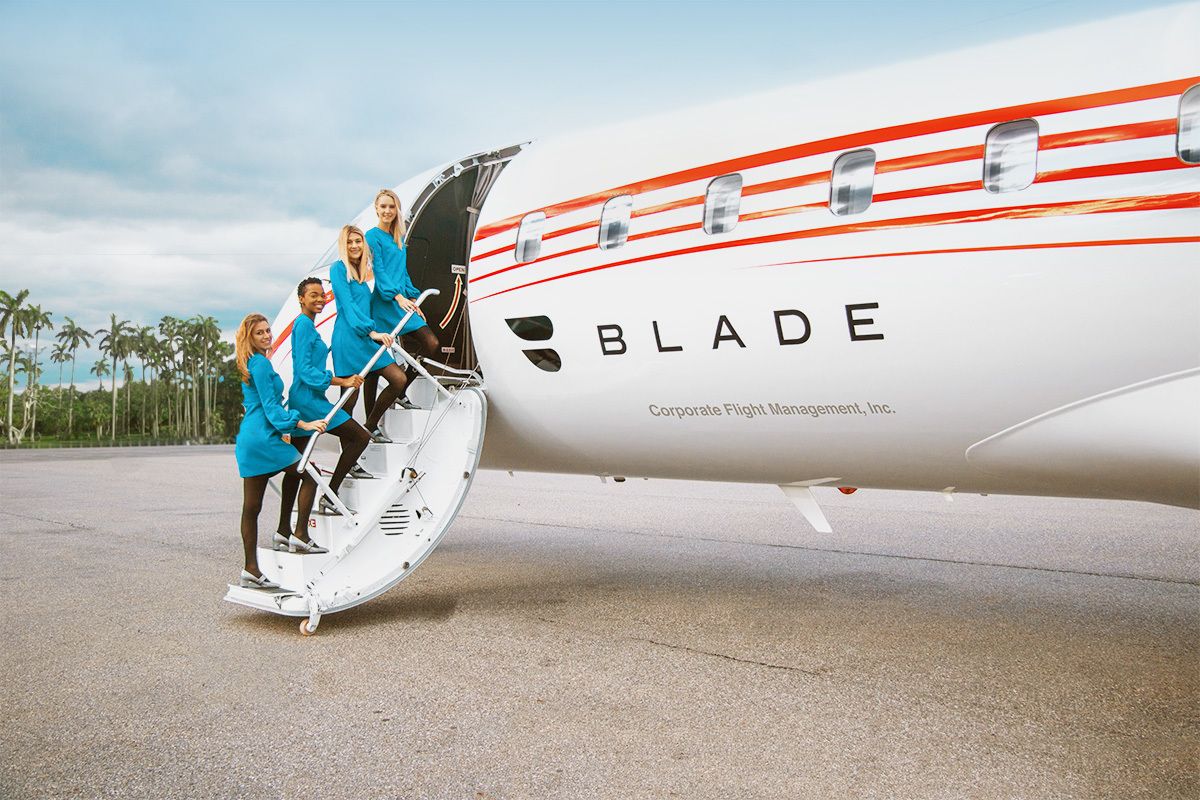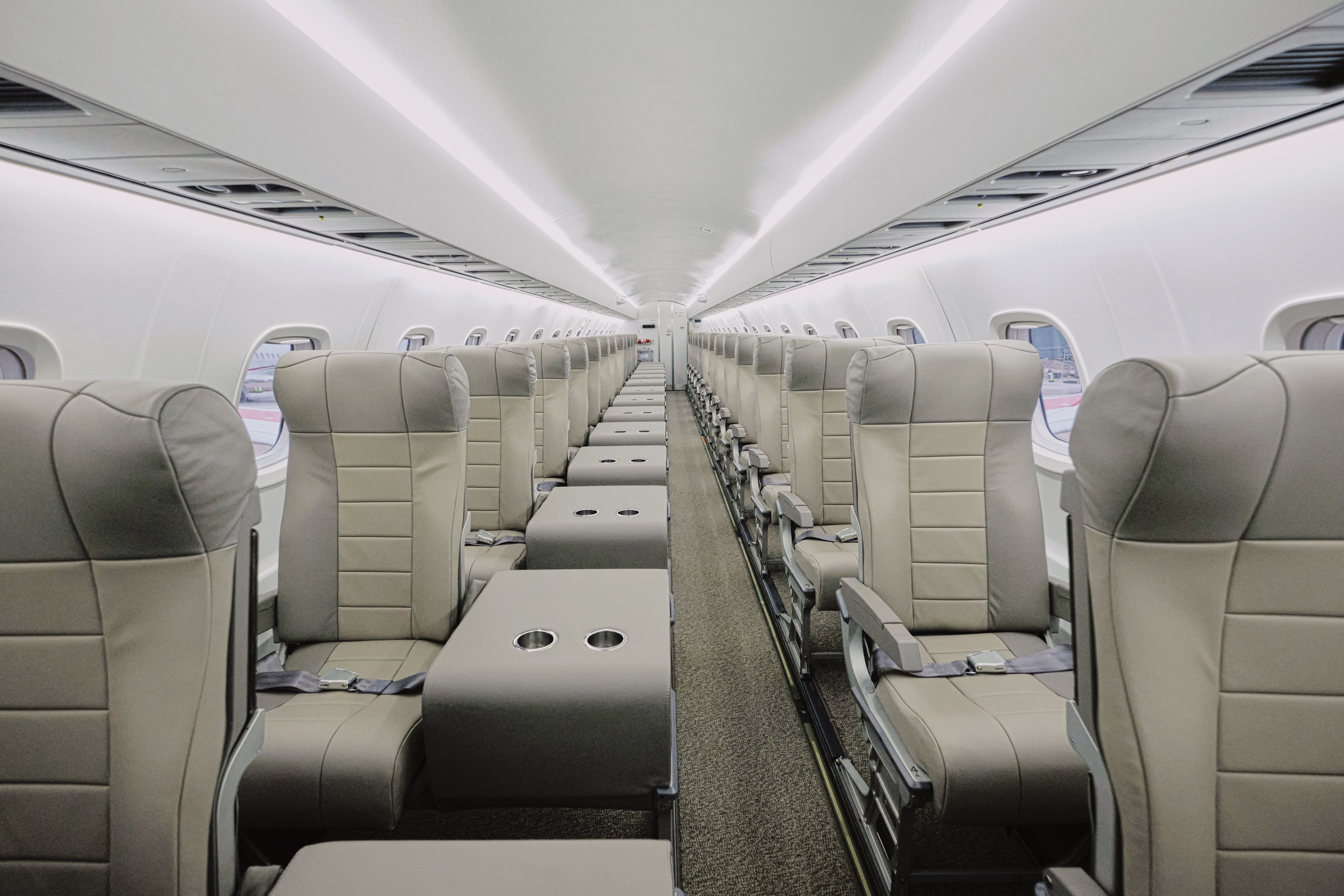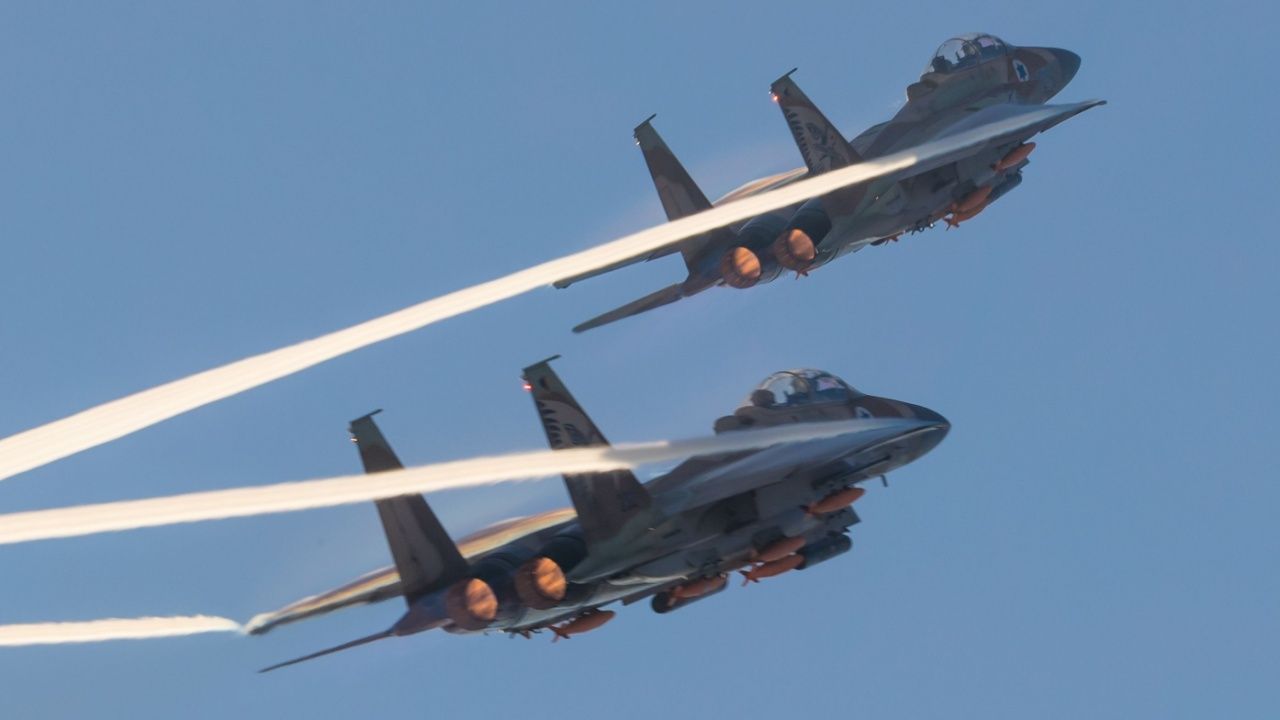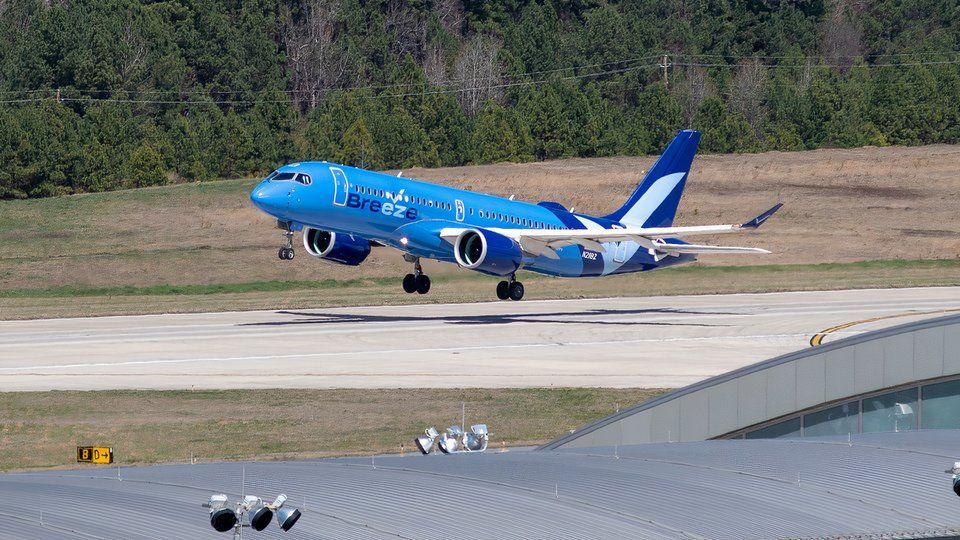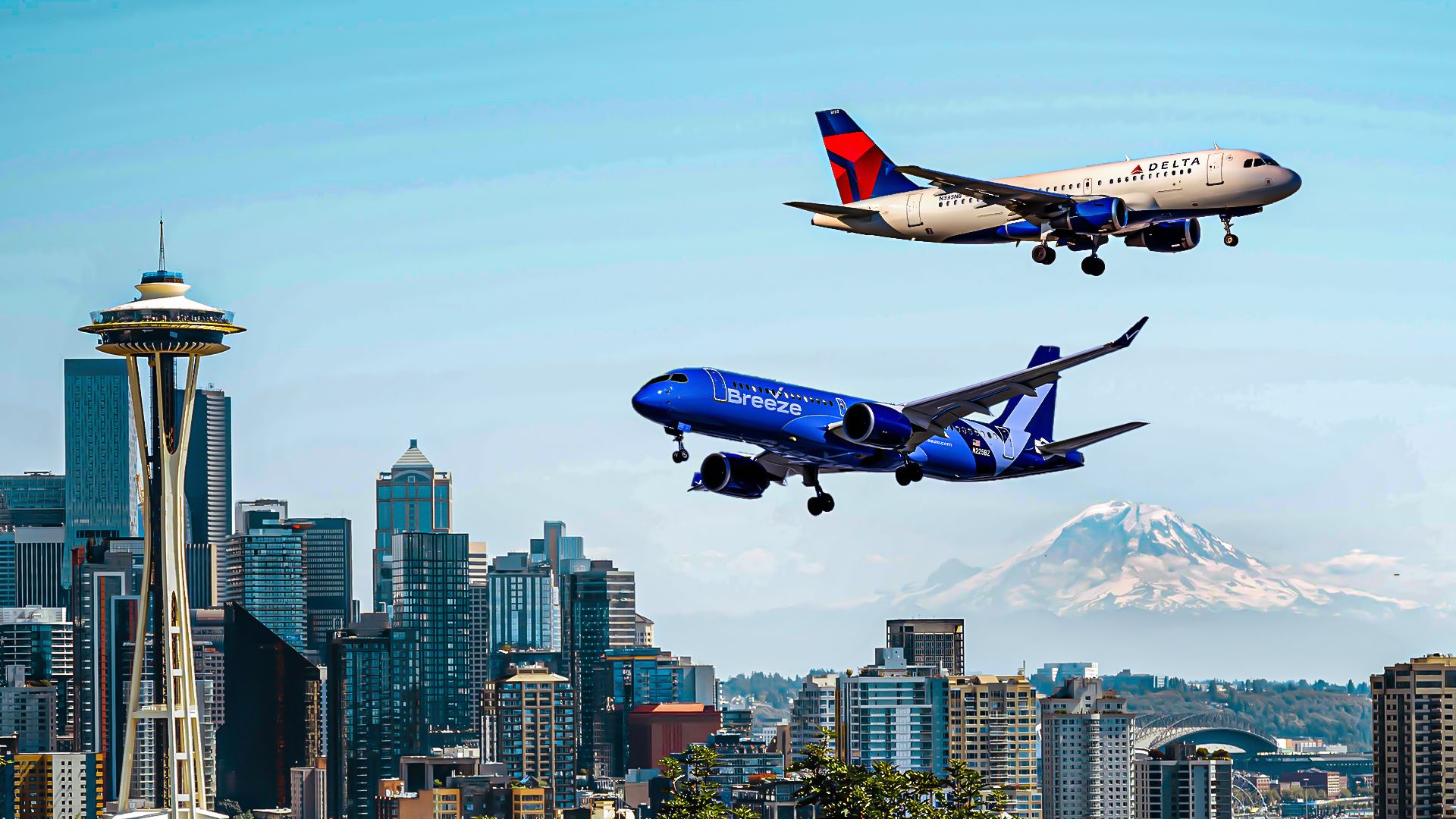Summary
- Semi-private jets offer the luxury of traveling by private jet at a fraction of the price, making it a good alternative to commercial flights.
- Flying semi-private saves time by allowing you to fly from smaller airports, avoiding long queues and allowing for a quick and seamless boarding process.
- The aircraft used for semi-private flights have comfortable seats, extra legroom, amenities like inflight movies and Wi-Fi, and offer personalized customer service.
Semi-private jets are a relatively new concept but are bridging the gap between commercial and private aviation. They can offer the luxury of traveling by private jet for a fraction of the price and can be a good alternative to a commercial flight.
Why you might fly semi-private
In recent times, we’ve seen airline passengers dealing with delays, flight cancellations, and lost baggage. Airports have become a source of stress with long queues and issues of staff shortages. The boom in travel post-pandemic has been colossal, and the industry has not yet adapted to it. Airline ticket prices are at an all-time high. Private jet charter is only available to the wealthy, but flying semi-private might be an alternative.
Photo: BLADE
The concept
Traditionally in business aviation, you charter the entire jet and pay an hourly rate, anything from $2,000 for the smallest turboprop to $11,000 for something like Gulfstream G650 or Global 7000. With a semi-private operator, you pay for the seat on a scheduled flight. These are operated by smaller aircraft types like the Embraer E-135 or E-145, which are similar to those used on regional flights for some US airlines, such as Delta Air Lines or United Airlines, but with fewer seats.
Time-saving
Flying semi-private means that you can fly from a smaller local airport or FBO. In the US, there are over 500 smaller airports to fly from, which means less travel to get to a larger commercial airport. Two or more hours can be saved, by avoiding all the queues at the airport, and you only need to arrive 20 to 40 minutes before the flight departs. Ground staff will guide you through the terminal seamlessly with a minimum of fuss, in minutes. Relaxing VIP lounges are usually available.
Photo: JSX
The aircraft
Mostly the aircraft used for these flights have less than 30 seats, in comparison to 200 plus on a commercial airliner. Seats are usually in a one-one or two-one configuration and are comfortable, made of leather, and have extra legroom. iPads are sometimes provided with inflight movies preloaded and some have Wi-Fi and individual power outlets. There is an inflight service with gourmet snacks and a full bar to choose from. You may also receive an amenity kit.
Other advantages
Flying semi-private also means that after your flight, you will leave the aircraft minutes after touchdown. There won’t be any waiting at baggage re-claim or having to deal with lost bags. A concierge can help with any travel or hotel arrangements. The customer service from private jet operators is known to be more exclusive and personal than in commercial flying. You can book flights online easily or through an app, and carrying small pets is not an issue.
The costs
How much does flying semi-private cost? A one-way, three-hour flight with JSX in the US can cost between $189 and $309 depending on the timings, making premium travel accessible. Take a flight with Aero from London to Nice on an Embraer Legacy 600, and it will set you back around $1600. BLADEone’s Bombardier Challenger 850 can take you from New York to Miami for around $1775 for a three-hour one-way flight. Some operators like Set Jet or Surf Air also have membership schemes offering more convenience to frequent travelers.
